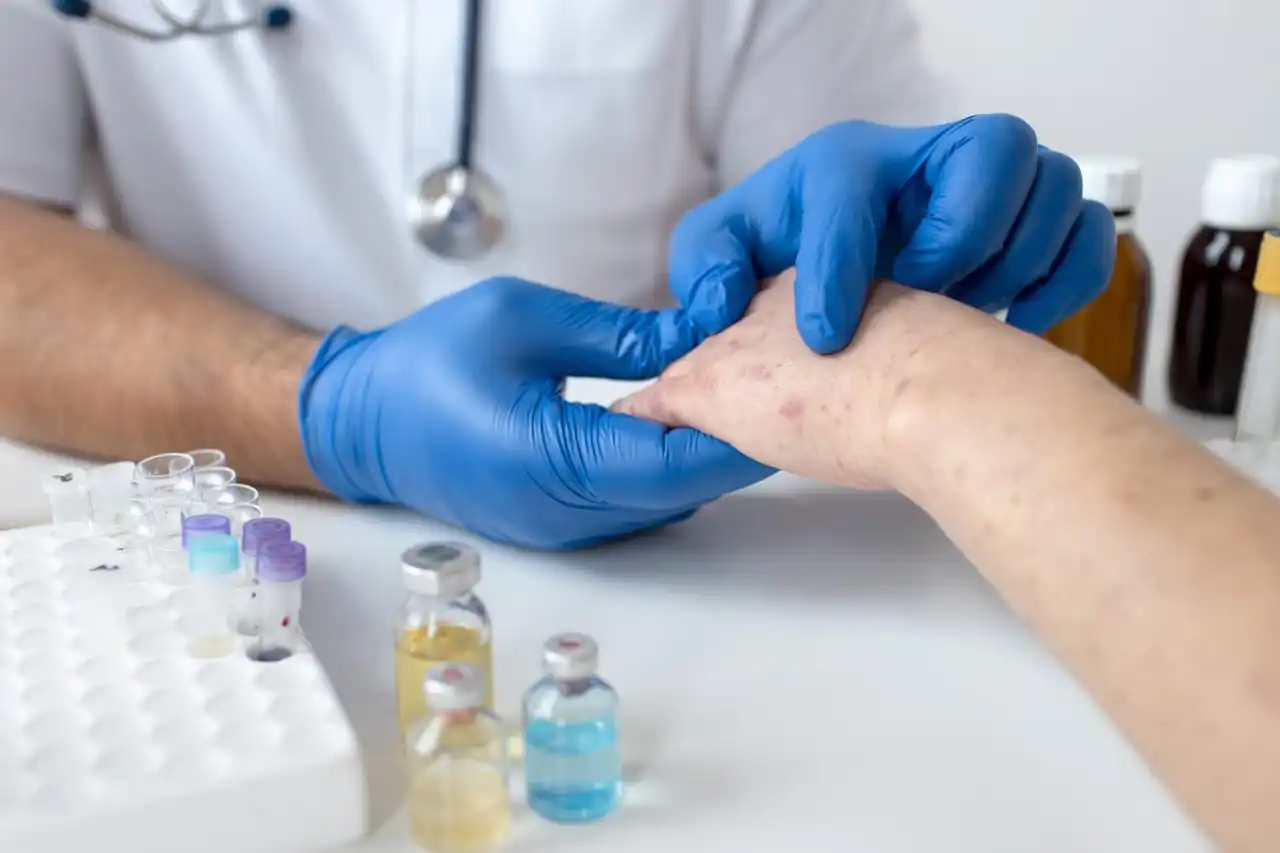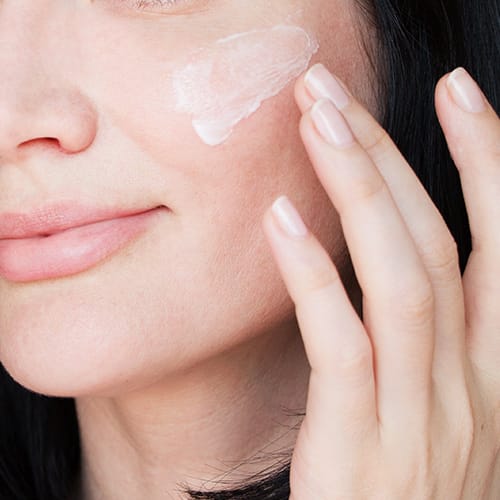Anti-fungals are used for the treatment of fungal infections, including mild to severe conditions caused by fungi. They can affect various parts of the body, including the skin, nails, respiratory tract, and other internal organs.
| Disease | Causative agents |
| Candidiasis | Candida albicans |
| Meningitis | Cryptococcus neoformans |
| Ringworm | Dermatophytes |
| Aspergillosis | Aspergillus species |
| Histoplasmosis | Histoplasma capsulatum |
| Blastomycosis | Blastomycosis dermatitidis |
| Coccidioidomycosis | Coccidioides immitis |
Treatment of fungal infections
Based on their mechanism of action, different types of anti-fungals are used for treatment.
- Drugs affecting or altering membrane permeability:
- Azoles: Fluconazole, Itraconazole, Voriconazole, Terconazole, Posaconazole, Ketoconazole, Miconazole, Clotrimazole, Econazole, and Butoconazole.
- Allylamines: Terbinafine, Butenafine, Naftifine.
- Polyene Antibiotics: Amphotericin B, Natamycin, Hamycin, and Nystatin.
- Polypeptide Antibiotics: Polymyxin B, Colistin, Tyrothricin.
- Drugs inhibiting nucleic acid synthesis:
- Flucytosine.
- Drugs inhibiting micro-tubular function:
- Griseofulvin.
- Drugs inhibiting cell wall synthesis:
- Caspofungin.
- Micafungin.
- Anidulafungin.
- Nikkomycin.
- Miscellaneous agents:
- Ciclopixolamine.
- Whitefield’s ointment.
- Haloprogin.
- Tolnaftate.
- Undecylenic acid.
Prevention of Fungal Infection
- Maintain good hygiene.
- Avoid sharing personal items.
- Wear appropriate footwear.
- Manage diabetes.
- Limit the use of antibiotics.
Fungal infections should be treated under the guidance of a healthcare provider, and completing the full course of medicines is crucial. If the same symptoms are visible after the treatment, do not use the same medicines. Instead, consult a doctor for further evaluation and guidance.


